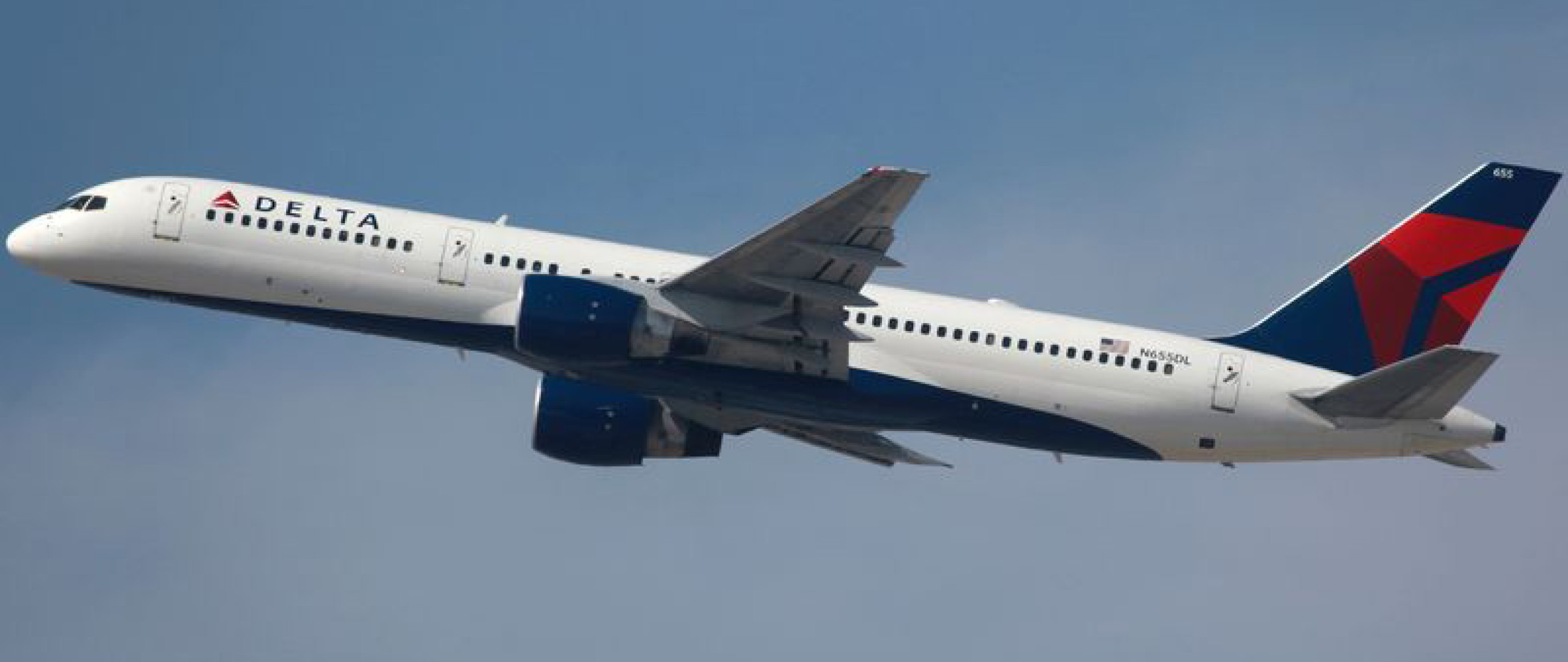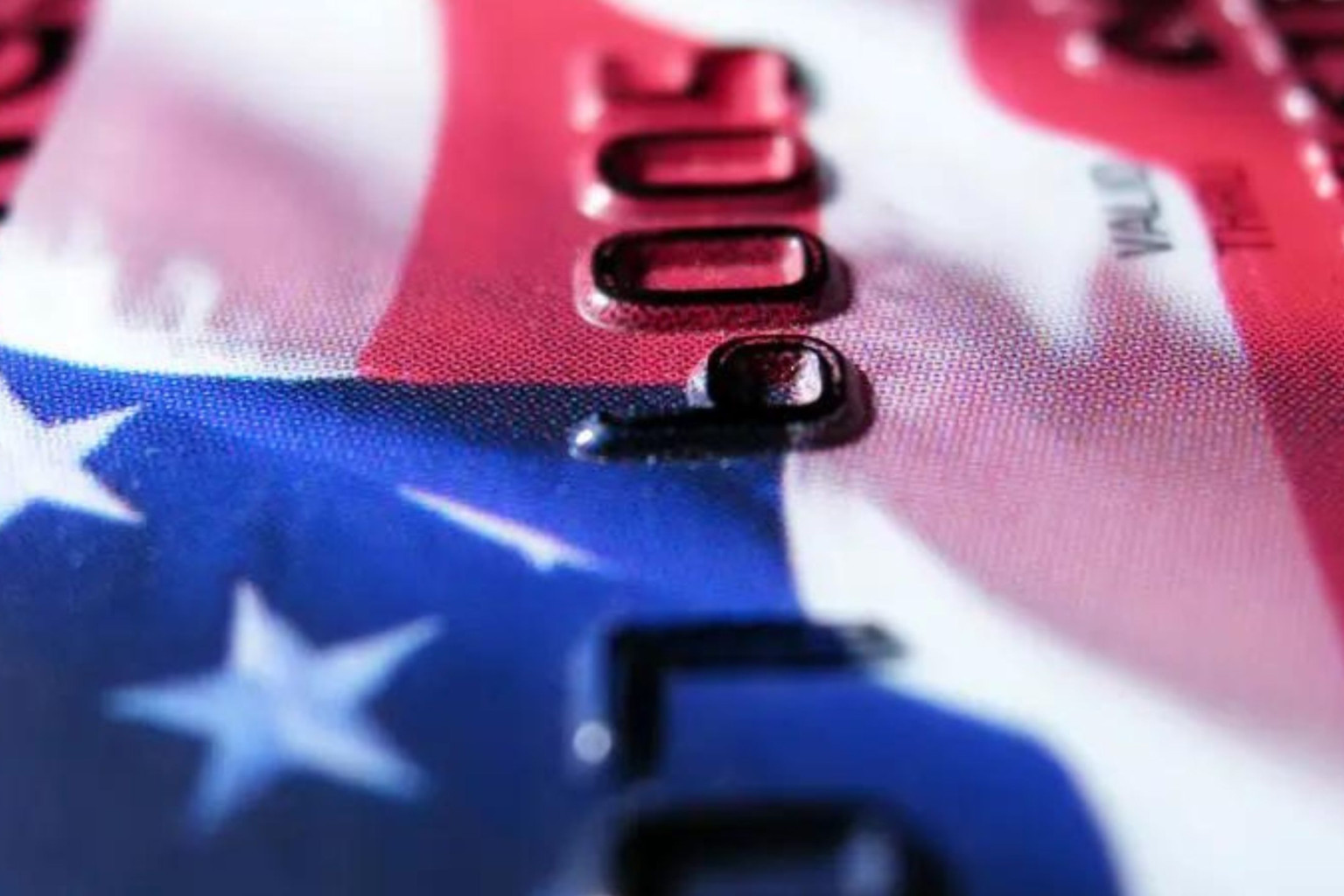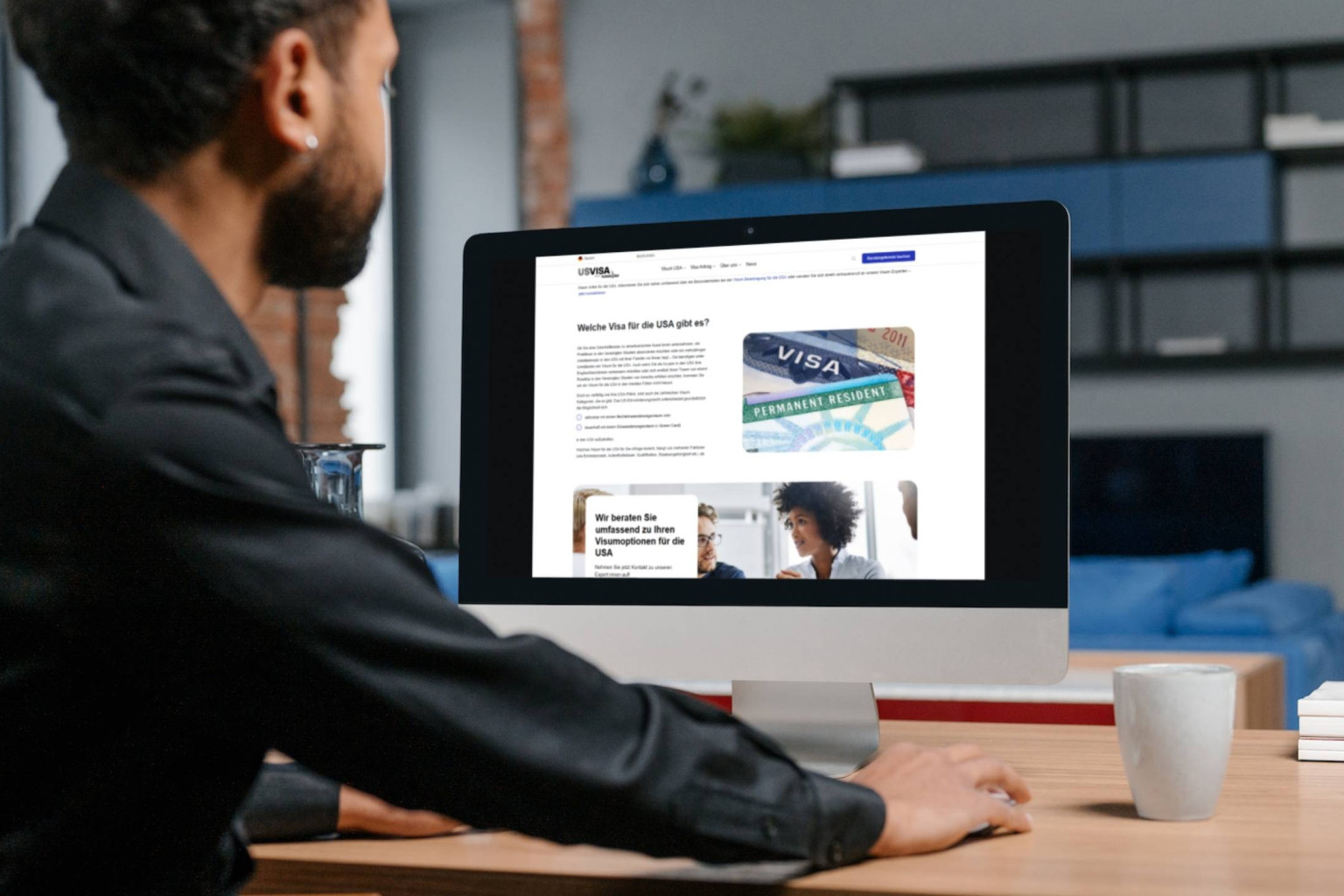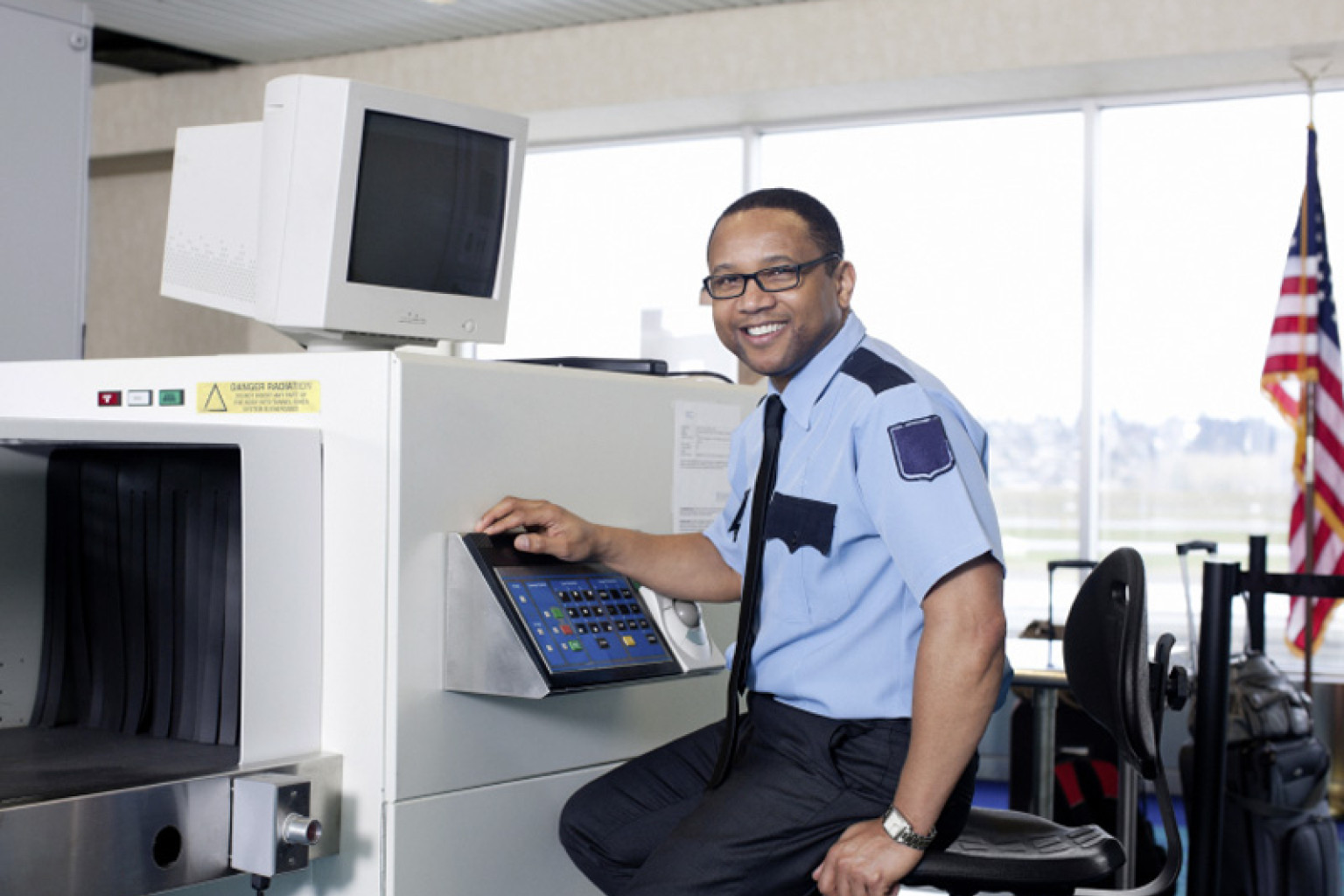Crew members of international airlines or personnel on merchant and cruise ships take note: If you are traveling to the USA for a limited period of time, i.e. as part of your work on board, you will need a so-called C-1/D visa. We describe below the specifics of this work visa.
Visa category: work visa
Target group: crew members of int. airlines or cruises/yachts/boats
Validity: generally 10 years
Length of stay: max. 180 days for airline crew, max. 29 days for ship staff
Characteristics: often applied for in combination with a B-1/B-2 visa
The C-1/D visa allows crew members or personnel of international airlines or (cruise) ships within the scope of their activity on board to enter the US for a temporary stay.

The C-1/D visa is the most issued visa for:
For individuals who are not employed as crew members, B-1 visas can be applied for under certain conditions. This includes crew members who are responsible for maintenance on the dry dock and can show a work agreement for this activity. Those who work on a private yacht also need a B-1 visa.
Crew member visas are issued exclusively to employees of commercial, internationally operating shipping companies and airlines.
Employees on private yachts or jets that do not belong to a shipping company or airline registered with the US authorities require a B-1 visa. In this case, it is not possible to use the visa waiver program.
The nationality of the ship / aircraft on which the crew members work is irrelevant for the issuance of a visa.
For the approval of this visa category, it is necessary to prove that the activity on board a ship or aircraft is part of normal operations. Crew members who are in US waters or US airspace with their C-1/D visa must enter the USA after 29 days at the latest departure. The US authorities define a departure as a ship leaving a US port for a port outside the USA (the USA includes not only the mainland but also Alaska, Hawaii, Puerto Rico, Guam and the US Virgin Islands).
In order to obtain a C-1/D visa, travelers should ideally be on the crew list of the airline or ship as a crew member. In addition, a letter from the employer confirming the employment relationship with the airline or (cruise) ship must be available. Applicants may not receive any remuneration from the US side or a US company.
Tip: At the time of application itself, the person does not have to be employed yet, but a contract should be available that confirms the future employment on board.

The validity period of a C-1/D visa depends on the nationality of the applicant. On the basis of the so-called reciprocity schedule depending on the nationality, it is decided for which validity period the visa will be issued.
For example, for German nationals, the C-1/D visa is normally issued for 10 years issued. This means that a new visa would only have to be applied for again after the ten years have expired.
With a C-1/D visa, a maximum stay in the United States of up to 29 days per entry allowed; either several times in a row or in one piece.
When planning the extension of your C-1/D visa, please note that processing times can vary greatly depending on the responsible US consulate or embassy. You should therefore allow sufficient lead time.
It is important to know that the remaining period of validity of your old visa is not automatically transferred to the new visa. In addition, a previous C-1/D visa issuance does not guarantee a new visa approval. All application documents (application forms, supporting documents, etc.) must be resubmitted to the US Consulate.
It is therefore advisable to prepare the application well and ensure that all required documents are complete. This minimizes potential delays or rejections during the application process. Renewal process.
If necessary, you may qualify for a postal extension, which allows you to avoid a new interview appointment. You can find all information on this in the Interview Waiver Program.
The visa fee for the C-1/D visa is 184.50 € (205 $)per applicant. This general application fee of the US consulates or US embassies must be paid by all applicants and is neither refundable nor transferable to other persons.
The Payment of the processing fee can be made by online bank transfer, online payment by debit card or cash payment at a bank.
As a rule, this fee can be used to make an appointment within one year of the payment date.

Furthermore, additional costs may be incurred for certain C-1/D applicants:
You can find more information about the different visa fees, other possible costs and the current payment methods on our fees page.
With this visa, you are not permitted to work for a US employer. The C-1/D visa only permits temporary stays in the USA as part of your work on board.
As a rule, applicants must appear in person at one of the relevant US consulates as part of an interview appointment. In Germany, for example, you can apply for a C-1/D visa at the US consulate in Berlin, Frankfurt am Main or Munich. In addition to the general application documents, you should submit documents relating to your employment, purpose of entry and other evidence of your intention to return. The application is usually made at the US consulate of the country in which the applicant lives.
The processing time depends very much on the waiting time until the interview appointment. The availability of visa interview appointments also depends on the respective consulate or the season. You should therefore allow around four to eight weeks for a C-1/D application. Approximately one week after the successful interview at the US consulate, the employee will receive the passport and C-1/D visa by mail.
To apply for a C-1/D visa for the USA, applicants must follow the steps below:
The first step in applying for a C-1/D visa for the USA is to fill out the electronic visa application form DS-160 on the website of the U.S. Department of State.
The online application form must contain detailed information about the applicant and the planned stay in the USA. You should have the following documents ready when completing the online DS-160 form:
A few days after submitting your DS-160 form, you can check the status of your visa application online.
Did you know? The professional processing and return of your DS-160 is part of our service.
Create a visa profile on the website of the Visa Information Service through which C-1/D visa applications are processed.
Here you can also pay the visa processing fee and make an appointment for the visa interview.
If you use our US visa service, we will take care of creating your required online profile, pay the consular visa application fee and arrange the appointment for your personal interview with the US consular officers.
Show up on day of the interview personally in the US consulate or the US embassy. Your documents will be checked there and you will be interviewed by the consular officers.
The following documents must be prepared and brought along for the appointment at the US Consulate or US Embassy:
Be prepared to answer questions about your visa application, your planned stay in the USA and other relevant topics.
As a rule, C-1/D visa applicants are informed at the end of their visit to the US consulate or embassy whether or not their visa application will be approved.
Our visa consultants will prepare you perfectly for this important appointment and provide you with the necessary documents to ensure that your visa interview runs as smoothly as possible.
If your C-1/D visa application is approved, you will receive your passport with the C-1/D visa returned by post or can arrange a pick-up appointment.
The C-1/D visa contains a variety of information that identifies the visa holder and defines their rights and restrictions during their stay in the United States.
It is crucial that you review this information carefully and ensure that it meets the requirements of your planned stay in the USA.

Here are some of the dates and information that can be found on a US visa:
Visas for the United States are issued by the US diplomatic missions, i.e. the US consulates and embassies.
As a rule, US consular officials make the decision on whether to issue a visa for the USA on the day of the visa interview. Thus, visa applicants usually find out during the interview appointment whether the visa will be approved or not.
The most common reasons for a visa refusal are:
You can check the status of your US visa application view online.
If there are unanswered questions in your documents, the consular officers may reject your visa application in accordance with Section 221(g) of the Immigration and Nationality Act (INA).
If this happens, the administrative processing will follow, during which your application will undergo further security checks. The authorities may request further documents from you for subsequent submission.
If, upon review, U.S. officials determine that you do not qualify for the U.S. visa you have applied for, your application will be denied.
Even if this rejection does not have to be justified, in most cases there is an information note with follow-up instructions or a rejection notice.
The following points are the most common reasons for rejection:
The following reasons can lead to a rejection of your C-1/D visa?
After a rejection of the C-1/D visa, applicants can generally submit a new application at any time without having to adhere to a fixed waiting period.
It is recommended that you only reapply for the same category if the conditions or circumstances have changed since the first visa application and you are able to provide evidence of these changes.
However, it makes little sense to apply for a new visa if you still do not meet the requirements of the respective visa category, such as proof of the intention to return to your home country, sufficient financial resources or specialized professional knowledge. In practice, it can therefore often take several months or even years before a new visa application can be (successfully) submitted.
After a C-1/D visa refusal, applicants must resubmit the visa application from scratch. Under certain circumstances, an alternative visa category may be considered for a work visa, which should be carefully considered on a case-by-case basis. However, it is important to note that a visa refusal cannot be appealed.
We advise you on the choice of the appropriate visa category and take over the complete processing for you or your company.

Although the US authorities are not obliged to give reasons for the refusal, it is possible to politely ask for the reason for the refusal when you make your interview appointment at the US consulate or the US Embassy have. This information may help you when you reapply for a US visa.
For a second attempt, your visa application should be prepared carefully and convincingly. This includes choosing the right Visa categoryThe complete and correct completion of the DS-160 online form and the collection of meaningful evidence.
Many applicants mistakenly assume that they are automatically allowed to enter the United States with an approved US visa. However, a visa in the passport does not automatically guarantee entry to the USA.
Legally speaking, a US visa is not a residence permit, so even with an approved visa there is no guarantee of entry into the United States. A valid US visa only allows you to apply for entry at a border crossing point such as an airport.
The final decision on entry and how long you are allowed to stay is made by the border control officer each time you enter the country. Please note that you will only receive an entry stamp in your passport in rare cases. You should therefore check immediately after entering the country online your I-94 status.

By the way: With Global Entry, certain biometrically registered and security-checked travelers can complete entry formalities independently and automatically at almost all major US airports. This allows foreign nationals to avoid long waiting times and enter the USA more quickly.
Unlike many other visa categories in the USA, there is no possibility for family members to obtain a derivative visa for the C-1 and D visas. One of the reasons for this is that even C-1/D visa holders are only allowed to stay in the USA for a relatively short period of time if they do not also have a B-1/B-2 visa.
Family members such as spouses or children should therefore fulfill the requirements for an ESTA or B-1/B-2 visa.

No. Unfortunately, C-1/D visa holders cannot participate in the US entry program Global Entry. Global Entry membership and expedited entry to the USA is excluded for holders of a C-1, C-2 or C-3 visa, among others.
Wir und unsere Partner nutzen Cookies, um personenbezogene Daten wie z.B. Browsing-Daten zu speichern und abzurufen, um z.B. Inhalte und Werbung bereitzustellen und zu personalisieren sowie die Verwendung der Website zu analysieren und das Benutzererlebnis zu verbessern. Sie erfahren mehr über die Zwecke, für welche wir und unsere Partner Cookies einsetzen, wenn Sie unten auf den Button „Cookie Einstellungen“ klicken. Hier können sämtliche Einstellungen auch geändert werden. Nachträglich kann man jederzeit seine Cookie-Auswahl überdenken oder seine Einwilligung widerrufen, indem man auf den Link zu den Cookie-Einstellungen im Footer unserer Webseite klickt. Beachten Sie bitte, dass das Blockieren einiger Cookie-Typen unsere Möglichkeiten zur Bereitstellung von auf Ihre Interessen zugeschnittenen Inhalten haben kann oder einige Funktionen der Webseite nur eingeschränkt zur Verfügung stehen.
Durch klicken auf “Alle Cookies akzeptieren” stimmen Sie unserer Nutzung und der Weitergabe Ihrer Daten an unsere Partner zu.